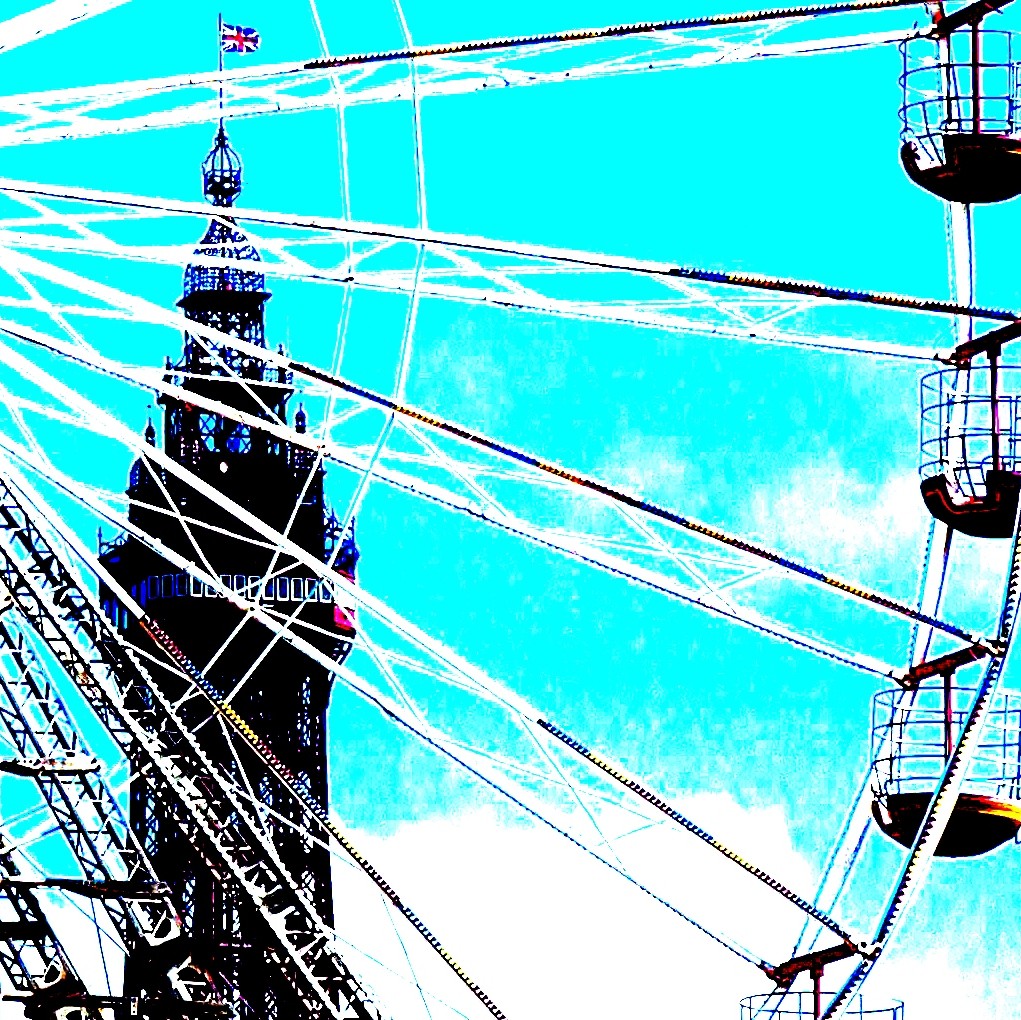Ssshh! It’s a secret place. People bypass this area of outstanding natural beauty on their way to other AONBs in the British Isles. (We’re lucky to have so many on our small island.)
This secret place might not be for much longer. A BBC crew has been filming a programme to be aired early in December. It’s about the River Hodder.

River Hodder at Whitewell
On holiday last week we were at the source of the Hodder, White Hill, in this secret place. We walked along its glorious river bank watching dippers dip in clear, sparkling water tumbling along its rocky bed on the way to join the Ribble near Great Mitton.
At Dunsop Bridge there were goings-on. A cameraman with some serious equipment had set up on the river bank. After a friendly chat with the producer and two ramblers, we continued our walk along the Hodder to the Inn at Whitewell, which, coincidentally, was the crew’s next port of call.

The Inn at Whitewell

Stepping stones across Hodder at Whitewell
We beat them to it, settled down with a couple of beers in a prime spot to watch the action. A great snapshot opportunity!
Enter Stuart Maconie, to interview the owner of the inn, Charles.

Stage right – Enter Stuart

Filming on the Terrace

Taking in the view

Stuart Maconie Inn at Whitewell
The crew moved on to continue filming at Great Mitton. We stayed awhile and after a fabulous lunch set off for the return walk along the River Hodder to our holiday cottage rental at Dunsop Bridge.
Looking forward to seeing this programme. Once it’s been shown on the BBC (around 10 December) there’s little doubt viewers will be flocking like sheep to visit the beautiful, unspoiled and unpopulated secret place that is the Forest of Bowland.

Baaaa!
It’s not a secret anymore!






























































